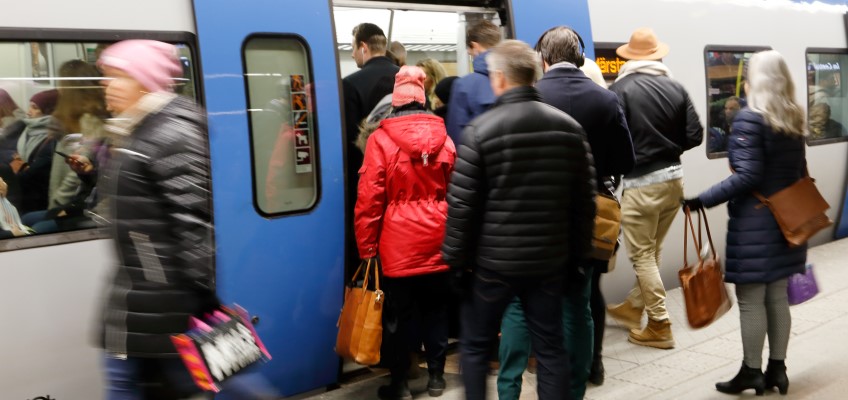Barriers to public transport: A government investigation into public transport accessibility for people with functional impairments

Traffic analysis has been commissioned by the Government to map barriers to accessibility and usability within the public transport system for people with disabilities. The assignment was finally reported on March 29, 2019. The final report discusses the authorities' efforts and the perspective of the disability movement, as well as surveys, research and statistics.
Reports
People with functional impairment are known to travel less than the average person in the population. An individual with impaired mobility makes an average of 0.9 journeys per day, compared with 1.6 for those without a functional impairment. Travel is even less prevalent (0.7 journeys per day) among those who have a permit for special transport (community service). Functional impairments also have a relatively large impact on the use of public transport. An individual with impaired mobility makes an average of 0.1 journeys per day on public transport, versus 0.2 for those without a functional impairment; the corresponding figure for those with permits for special transport is 0.03.
Transport Analysis has conducted a population survey to clarify the accessibility obstacles facing various groups of people with functional impairment and the Swedish population as a whole. The results point to a shared perceptions of accessibility problems.
The most prevalent obstacles concern limited options in terms of flexible and spontaneous service and information, including the ability to cope with traffic changes and disruptions. This applies to all passenger groups, including individuals with a medical, physical, mental, or cognitive impairments. All passenger groups perceive obstacles in a similar way, although they are especially onerous for people with functional impairment. The survey also shows that obstacles to accessibility affect everyone’s inclination to use public transport, regardless of the presence or type of any functional impairment.
